Imagine returning home after work. The day had been very dry, and your boss didn’t make it any easier for you. All the clients’ complaints you’ve had to face, the paperwork, the stress, it weakens your soul.
Best Air Purifying Indoor Plants Name: ZZ Plant, Rubber Plant, Fiddle Leaf Fig, Areca Palm, and Monstera
Now, when you return home all tired and worn out, would you want to return to a dirty, dusty home? Or would you rather come home to a clean, breezy, comfortable place, with delicate plants warmly greeting you?
Air Purifying Indoor plants are great. They give a minimalistic yet luxurious touch to your homes, while also improving the air quality. Easy to plant, pocket-friendly, and way better than most artificial home purifiers, these plants are a delight to have. Here is a list of FIVE must-have indoor plants for your home ( Ideal for Indian Climate):
Contents
1) ZZ Plant
Zamioculcas Zamiifolia or the “ZZ” plant is at the top of our list, and for good reasons too. The ZZ plant not only looks pretty, it acts as an efficient air purifier. Harmful petrochemicals like toluene and xylene. These toxic gases are the components present in petroleum.
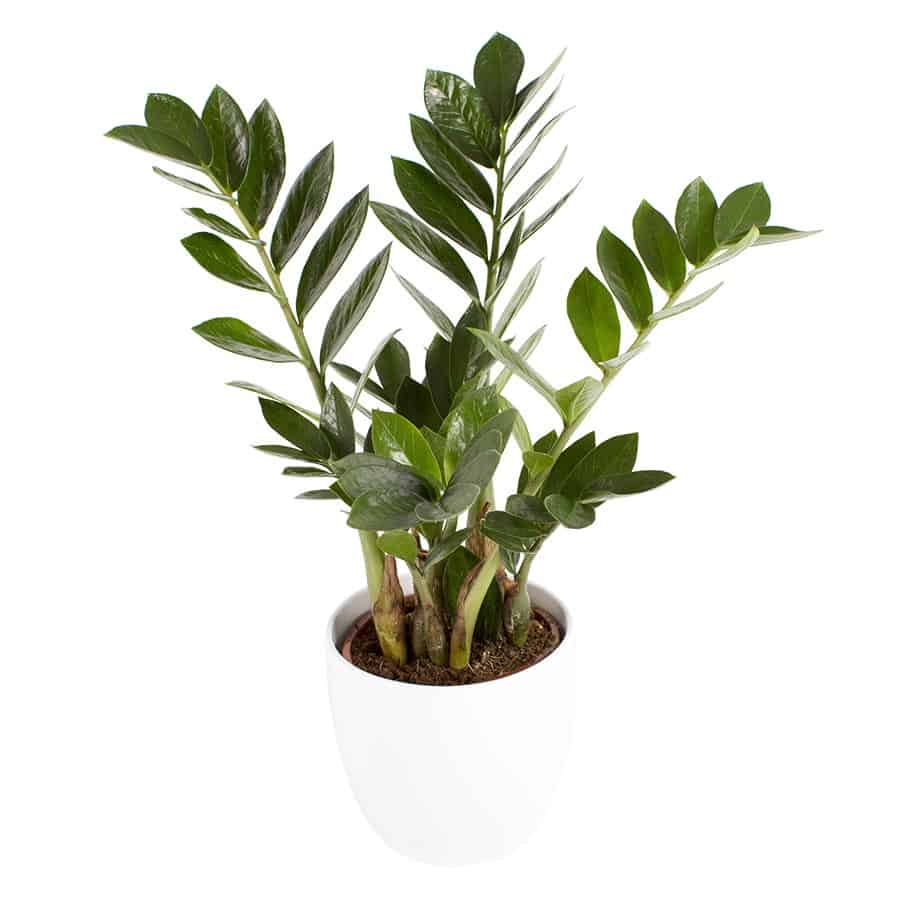
Don’t worry, we are not going to get into the details and the nitty gritties of how they are formed, but just know that toxic pollutants are released when petrol or LPG is burnt. When these gases are inhaled, they can cause several respiratory problems.
Having a ZZ plant of medium size can help efficiently reduce these emissions in the atmosphere, providing a cleaner and safer environment to breathe in.
Growing tips:
The speciality of ZZ plants is that they are very low-maintenance, in essence they do not need much water (you can water them once every 10-12 days).
The important thing to keep in mind is that the ZZ plants cannot be kept in direct sunlight. These plants only grow in low lit or dim-lit areas.
2) Rubber Plant
Rubber plants are great for visual appeal. Their tall height, and bold burgundy colour helps them attract attention in a very pleasant way. In India, rubber plants have two variations: regular burgundy, and variegated rubber.
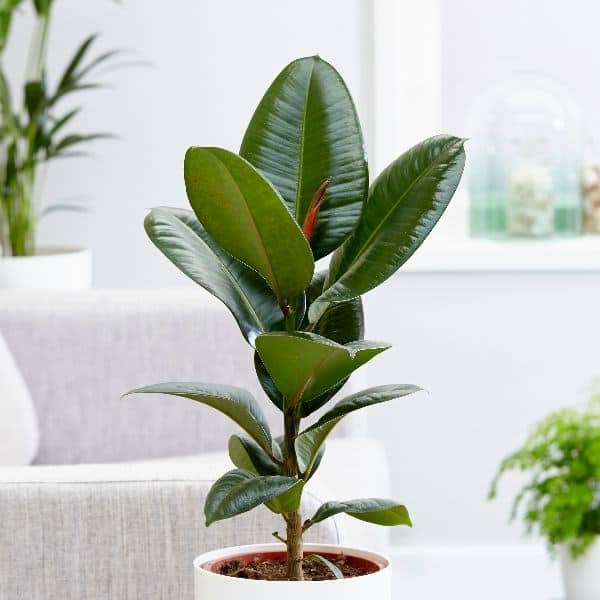
These plants are very good absorbents of formaldehyde. You may find it hard to believe, but formaldehyde is a chemical that is released in small amounts from the furniture at your home!
Growing Tips:
Rubber plants need a moist soil to keep growing. Too much water can be a problem too. Make sure that the soil is just moist enough to stick to your hand a bit.
Similar to the ZZ plant, the rubber plant should not be allowed to sit in direct sunlight. This will cause its leaves to get burnt.
Also, these plants need support as they grow a bit heavy at the stems, so using a stick can be a good idea.
3) Fiddle Leaf Fig
The fiddle leaf fig is a great plant to have at your home, not just because it is a good air purifier, but also because it absorbs humidity.
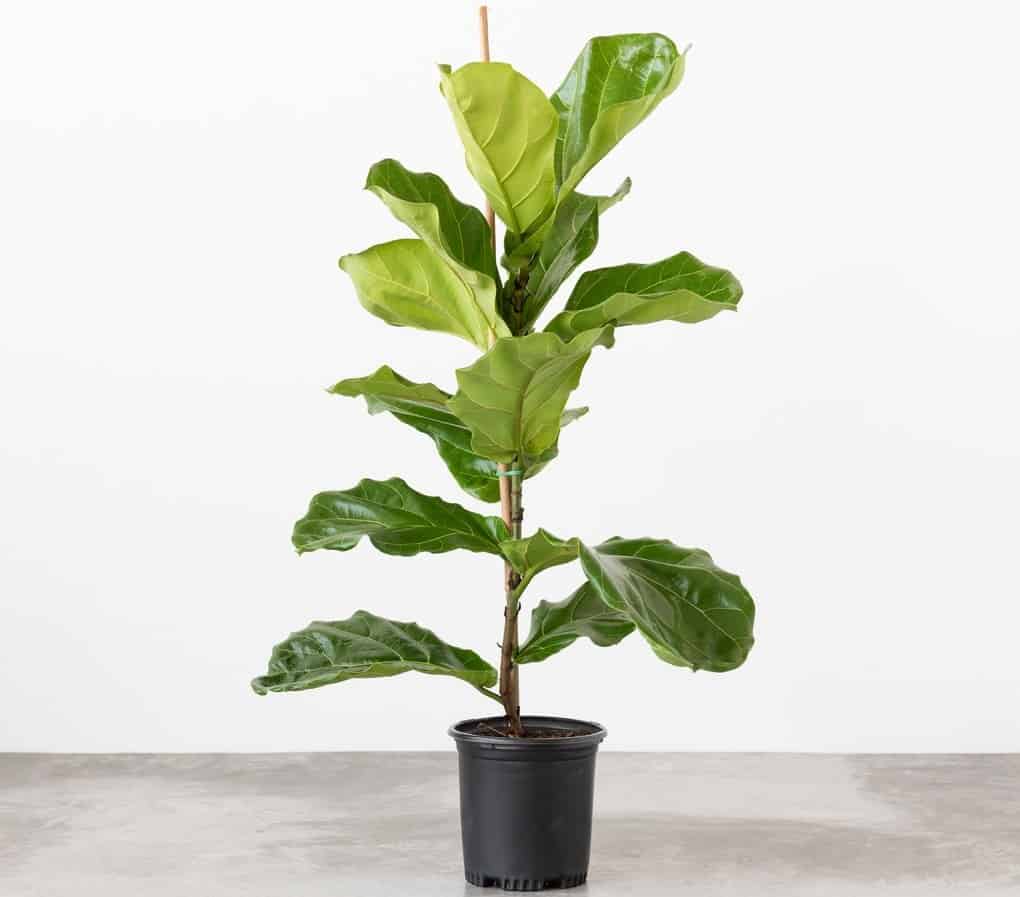
It has big petal-like leaves that gives it a sort of visual appeal. It also helps remove fungus and moulds from homes.
Growing tips:
Fiddle leaf figs like bright places, and hence, places with direct sunlight can be a good spot for this plant to sit in, where the atmosphere is warm and bright.
Indirect sunlight is not an issue, as long as the room is well lit. Dark places are not favourable for the fig’s growth.
4) Areca Palm
With a height ranging between 1 to 4 feet, these plants are great air purifiers too. They get rid of some very toxic pollutants like benzene and formaldehyde. These pollutants are reasons for many short term and long term immunity problems.
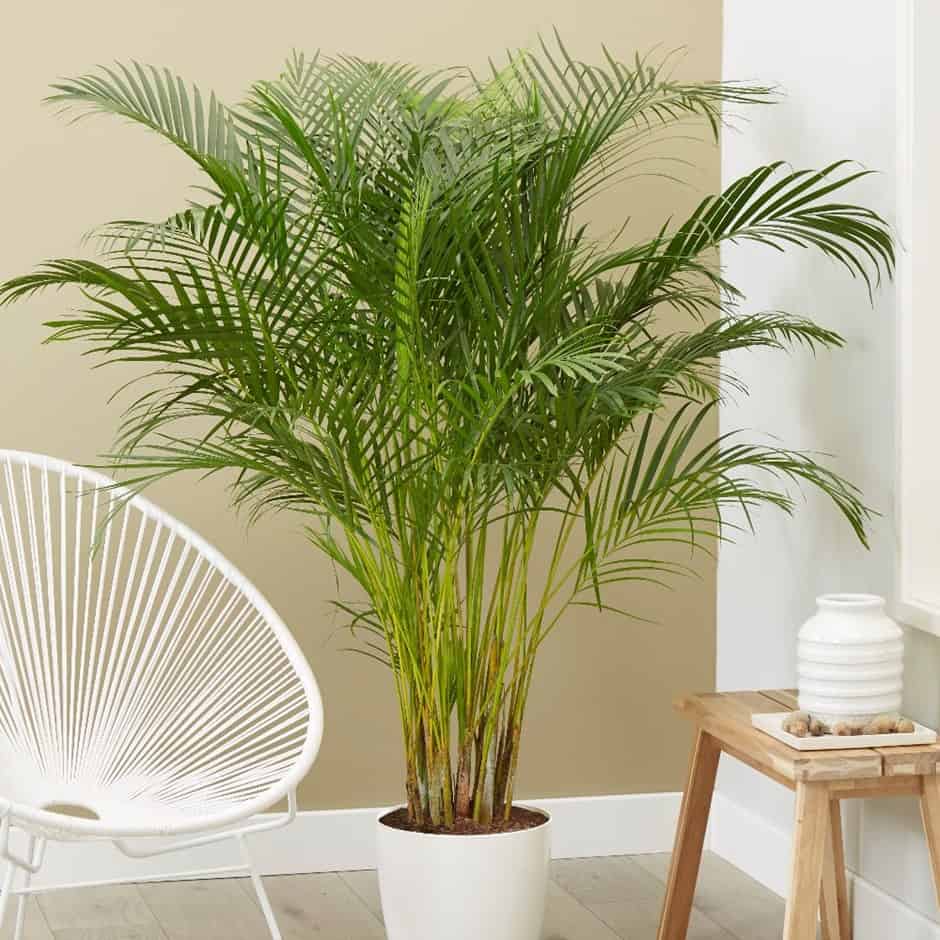
These plants are great for adding a picturesque view to your homes.
Growing tips:
Areca is not a fan of direct light, and prefers indirect, well lit spaces. If the stem of the plant starts turning yellow, then the plant is indicating that it is facing a lot of direct sunlight. This is a good feature of the plant, and really helps the owner know what is wrong.
Regular watering of the areca can help keep it hydrated (Water the plants once every 3-4 days). Failure of regular watering will lead to the tips of the leaves turning a bi brown-ish in colour.
Areca plants need to be kept in their actual pots ( the pots in which you originally bought them) so as to not disturb their roots, at least for a couple of weeks. The general rule is to wait for the roots to outgrow the covers in which they originally came.
Note: This rule can be applied to almost any indoor plant you buy. Time needs to be given to the plant to settle in the new atmosphere.
5) Monstera (Cut-leaf)
Monstera is a plant that has many varieties. What stands out among all of them is the cut-leaf variety. In this variety of the monstera plant, the leaves naturally appear as though they’ve been riddled with big holes/cuts, hence giving them the name.
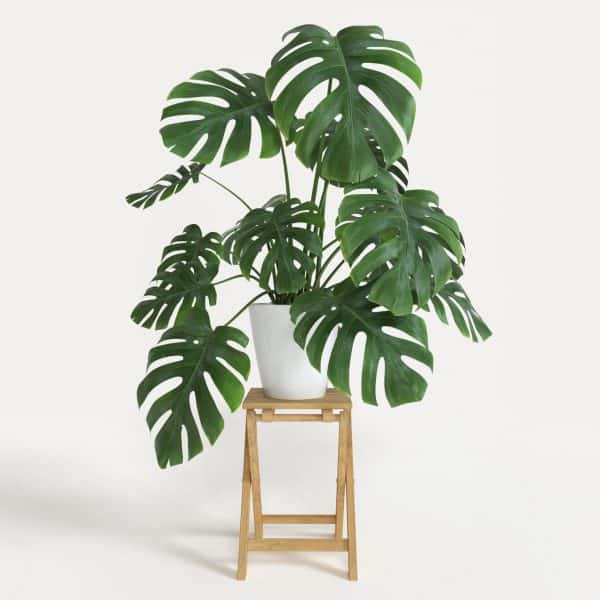
Monstera is a great plant for reducing the formaldehyde content in the air. It’s also easier to grow, and attracts a lot of eyes in a nice warm place.
Growing tips:
Monstera plants must be kept away from direct sunlight, but in well lit places.
The soil prefers to be kept moist (You can use moss on the top layer to help keep the soil moist).
Apart from these five plants, there are also plants like the snake plant, money plant, and the spider plant, which are also great air purifiers. You can also plant them for a great indoor garden.
An important care tip for all these plants is to note the colour of the tip of the leaves. If the tip is slightly yellowish in colour, then the plant is suffering from dehydration.
So those were the FIVE must-have indoor plants for your home. In fact, these are the most common air purifying indoor plants in India. You can check out more gardening tips and growth hacks on our blog right here.
Also Checkout: Top 18 indoor Plants recommended by NASA
This Video Talks more about it:

